Is Atlantic salmon the most versatile fish ever?
Salmon is growing in popularity and, according to the WWF, salmon consumption is three times higher now than it was in 1980. Where once it was considered a luxury food, now it’s the most popular fish species in the US, Europe and Japan. With all our years in the meat trade, we think Atlantic salmon is something a bit special and we’ll tell you why below. Have a read and then make up your own mind.
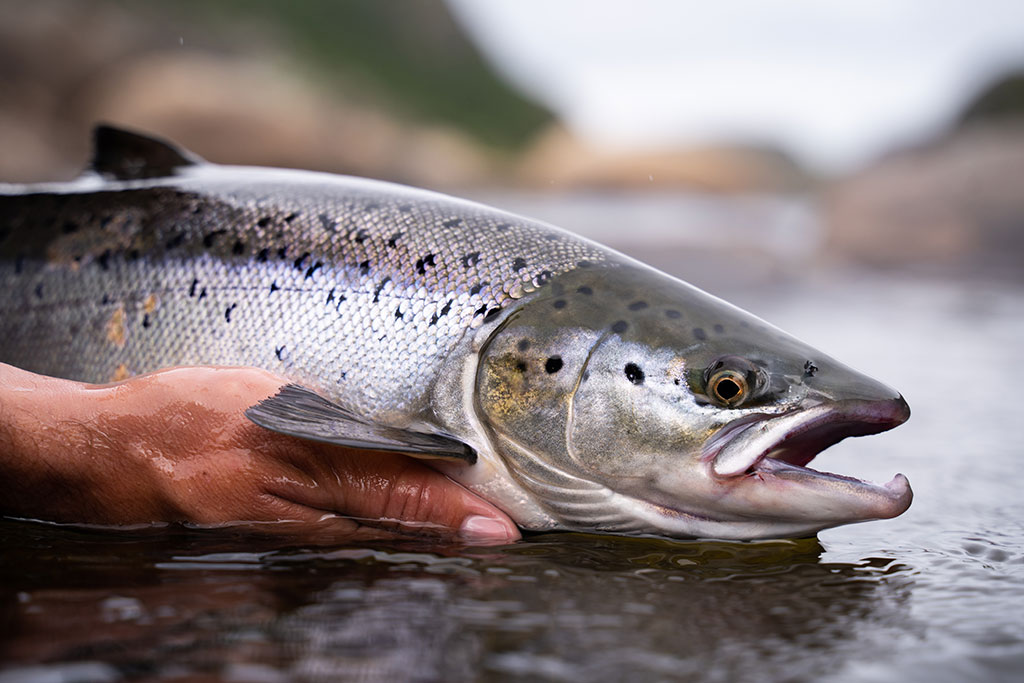
Salmon is known for its silky texture and pink flesh, which looks stunning on a plate. It is also rich in Omega-3 fatty acids, which are known to be healthy for the heart. It provides a good dose of the essential vitamins we need: an average sized, baked salmon steak will give you more than 100% of your recommended daily dose of vitamin D and at least 50% of vitamins B2 and B12.
Atlantic salmon vs Pacific salmon
If you’re thinking, “Why Atlantic? Isn’t all salmon the same?” then we can set you straight. The two main types are Atlantic and Pacific salmon. Atlantic is the species that lives (yep, you’ve guessed it) in and around the Atlantic ocean.
They tend to live longer and are larger, have firmer flesh and a slightly milder flavour than their Pacific cousins.
What can I do with Atlantic salmon?
What can’t you do with it? We think most people underestimate salmon, which is a shame because there’s at least three different ways you can mix it up:
- many different cuts from the whole fish down to minced salmon
- cook in a huge variety of ways, including raw for sushi or sashimi
- goes well with so many flavours, spices and herbs
Popular cuts of Atlantic salmon
Salmon steaks
- Budget: higher price range
- Health: high health benefits
- Ideal for: restaurants, retail butchers
Salmon steaks are cut widthways across the fish, giving you a tender, chunky slice of salmon just crying out to be served up on a restaurant table or at a dinner party for that ‘wow’ factor. They can be flavoured in hundreds of different ways and cooked by grilling, roasting or pan frying.
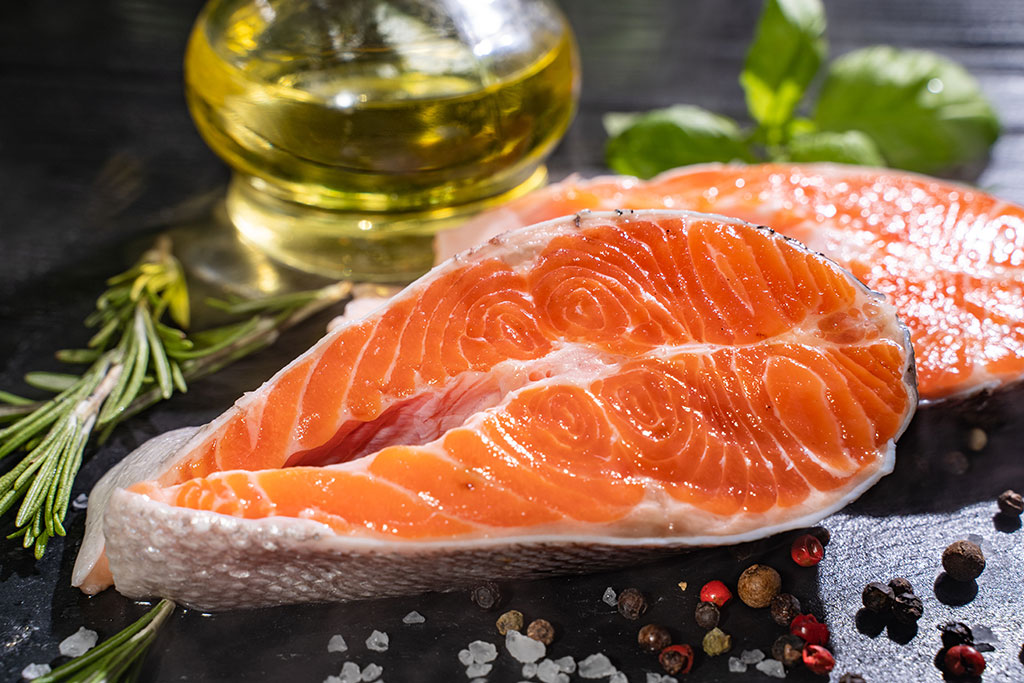
Salmon sides / fillets
- Budget: moderate
- Health: high health benefits
- Ideal for: wholesalers, retail butchers
A side of salmon is half of the whole fish, lengthwise, that’s been cleaned and boned. The Atlantic salmon you can buy weigh around 4 or 5 kilograms, so it’s a lot of fish and it can be cooked whole with lemon, butter and rosemary. Depending on your supplier, if you need individual fillets it may work out cheaper to buy a fresh side of salmon and divide it yourself as needed. Obviously a whole side is a lot of fish, therefore buying frozen salmon fillets gives you more options for storing and keeping the fish at peak freshness.

Salmon mince
- Budget: low
- Health: moderate health benefits
- Ideal for: manufacturers, restaurants
Most of us are much more familiar with beef, pork or chicken mince, however salmon can be used successfully instead of these meat minces in many dishes. Salmon meatballs, salmon burgers and salmon tartare all work beautifully. If you’re looking for the taste and luxury of salmon on a budget, salmon mince could be just the thing.
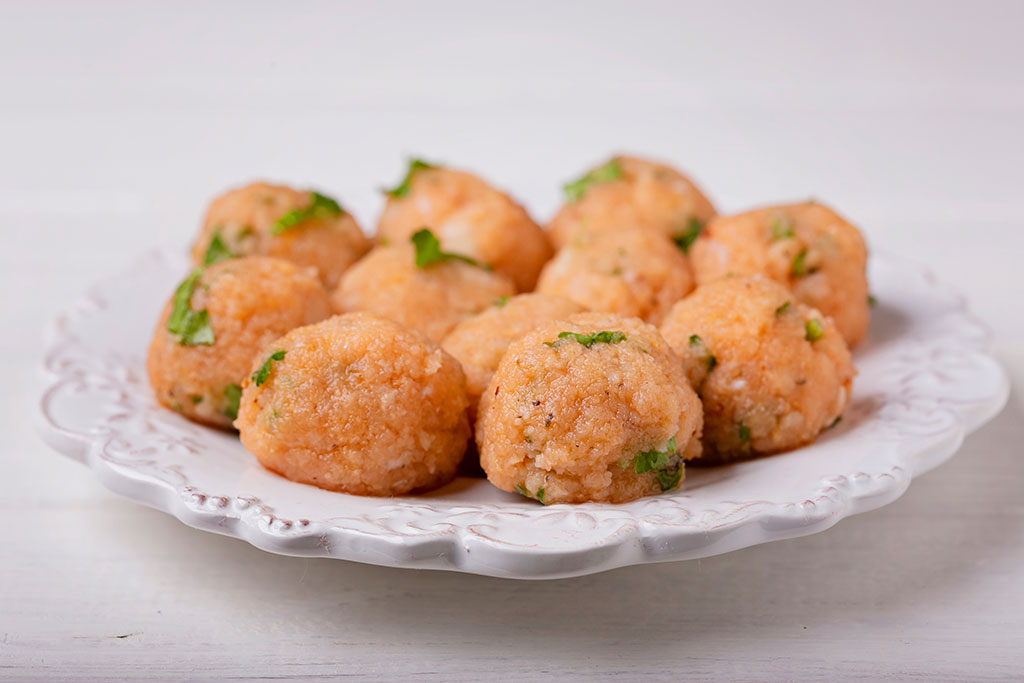
Salmon tails
- Budget: low
- Health: high health benefits
- Ideal for: manufacturers, pet food producers
Salmon tails are thinner than the fillets, both width-wise and lengthwise, so it’s more difficult to stop them drying out or becoming overcooked. Because it’s a less sought after cut, salmon tails are an economical choice and frozen salmon tails make an ideal choice for pet food and salmon is frequently used in both cat and dog foods.
Salmon burgers and salmon fishcakes
- Budget: low
- Health: moderate benefits
- Ideal for: manufacturers, pet food producers
Salmon makes a healthy substitute for beef in burgers and if that sounds odd, remember that we’ve been eating fishcakes for years and a salmon burger is just a fishcake without the breadcrumb coating. Frozen salmon fishcakes are that bit more luxurious than a haddock or cod fishcake and the flavours and colours of the salmon come through beautifully. Are you feeling hungry yet?
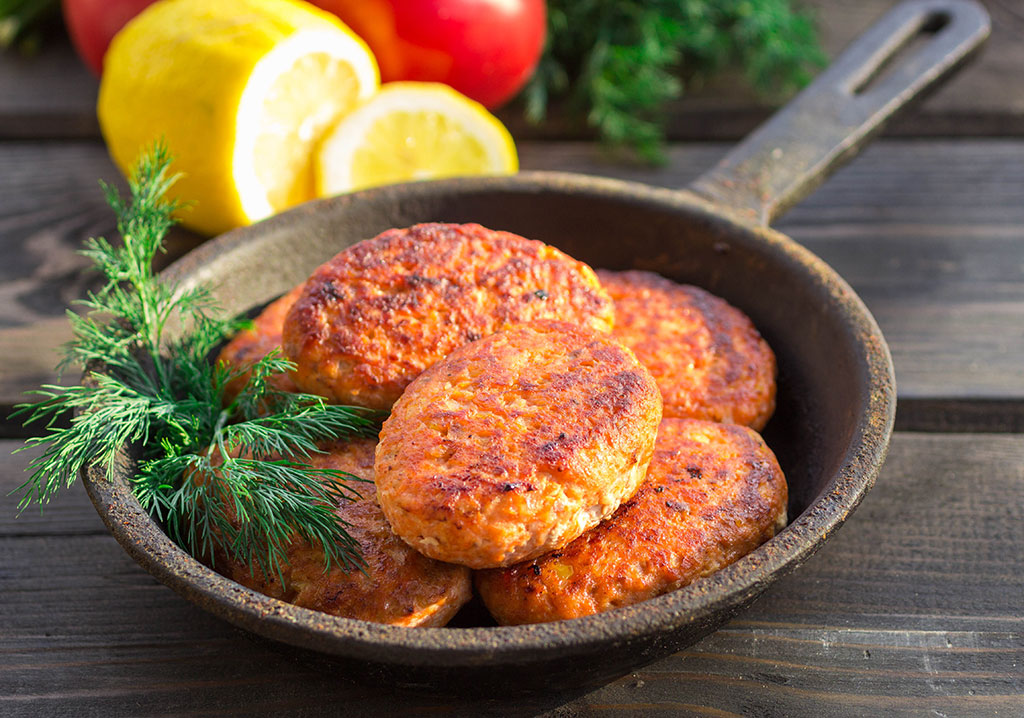
Cooking Atlantic salmon
Raw salmon
- Budget: higher price range
- Health: highest health benefits (assuming high quality fish is used!)
- Perfect dish: sushi & sashimi
Salmon is frequently used raw for both sushi and sashimi. Sashimi is a Japanese dish of thinly sliced raw fish served with a dipping sauce, pickled ginger, wasabi paste, lemon and some finely sliced white radish. For both sushi and sashimi, you need the highest quality salmon that’s guaranteed to be free of parasites, to be sure it can be eaten safely without being cooked. Hence why salmon destined to be served raw is in the higher price range.

Poached salmon
- Budget: moderate
- Health: high health benefits
- Perfect dish: whole salmon, salmon fillets or salmon to be flaked
Salmon is also great when poached, because cooking it in liquid cooks the fish very gently and avoids drying it out. It allows the salmon flavour to shine through, while keeping a soft texture, and you can add wine, broth and herbs to the poaching water for added flavours. Poaching is a great way to cook a whole salmon or a side of salmon, as well as individual salmon fillets. You can also easily flake poached salmon into a colourful salad.
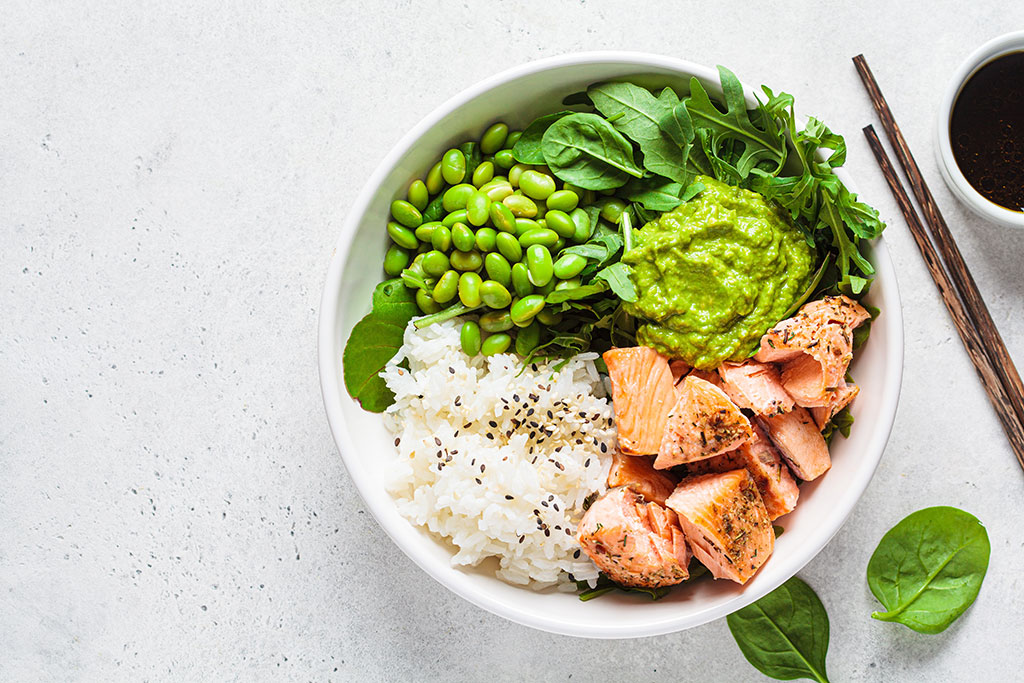
Pan fried salmon
- Budget: moderate
- Health: moderate health benefits
- Perfect dish: salmon burgers, salmon fillets to be served plain or with a sauce
Pan-frying salmon is the fastest way to cook salmon and it goes a beautiful golden colour. It’s a little less healthy than poaching or baking, as you’ll need some fat in the pan, however as salmon is already an oily fish you don’t need much. Ideally, pan fry with the skin side down and cook for 10 minutes per inch of thickness. If you’re making a sauce (something creamy with fresh herbs will do nicely) you can do that at the same time in the same pan – simple! Pan frying is also ideal for salmon fishcakes or salmon burgers.
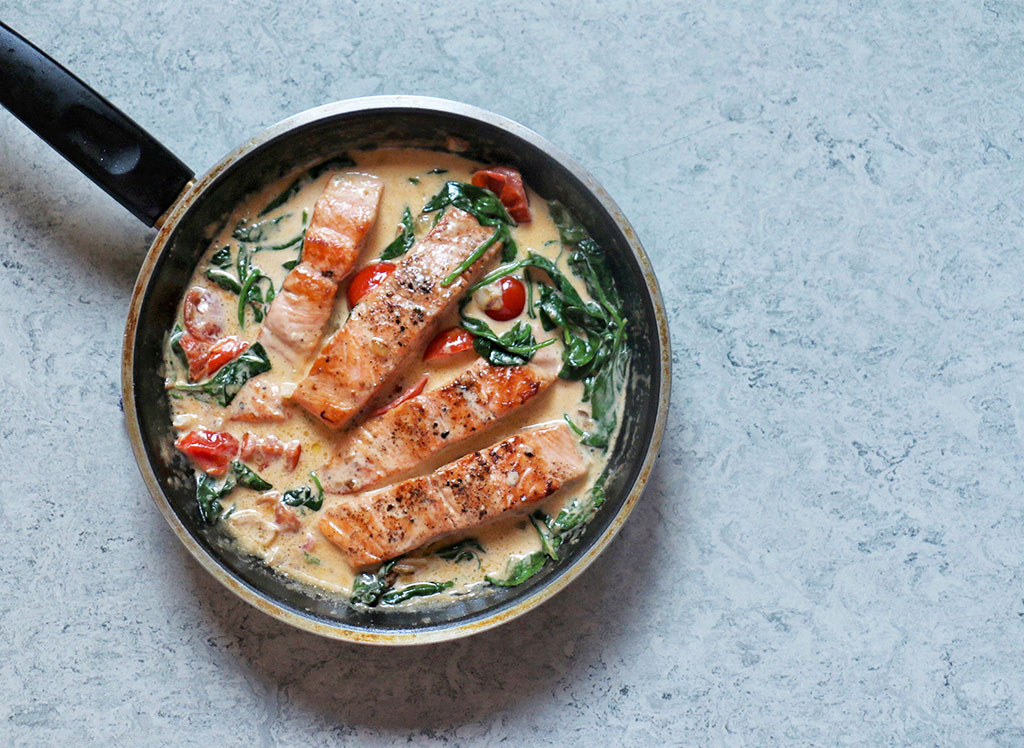
Grilled and roasted salmon
- Budget: moderate
- Health: high health benefits
- Perfect dish: skin on salmon fillets or steaks, flavoured with a herb or spice rub
Grilling salmon is ideal for keeping its fresh, light flavours centre stage, while giving it a bit more colour than poaching. Brush it with oil and use a herb or spice rub to help keep the fish moist and let the flavours soak through the fish while it’s cooking. The only downside is the higher risk of overcooking the salmon, so if you have uneven sized or shaped fillets you may want to cook them in foil parcels or try another cooking method.
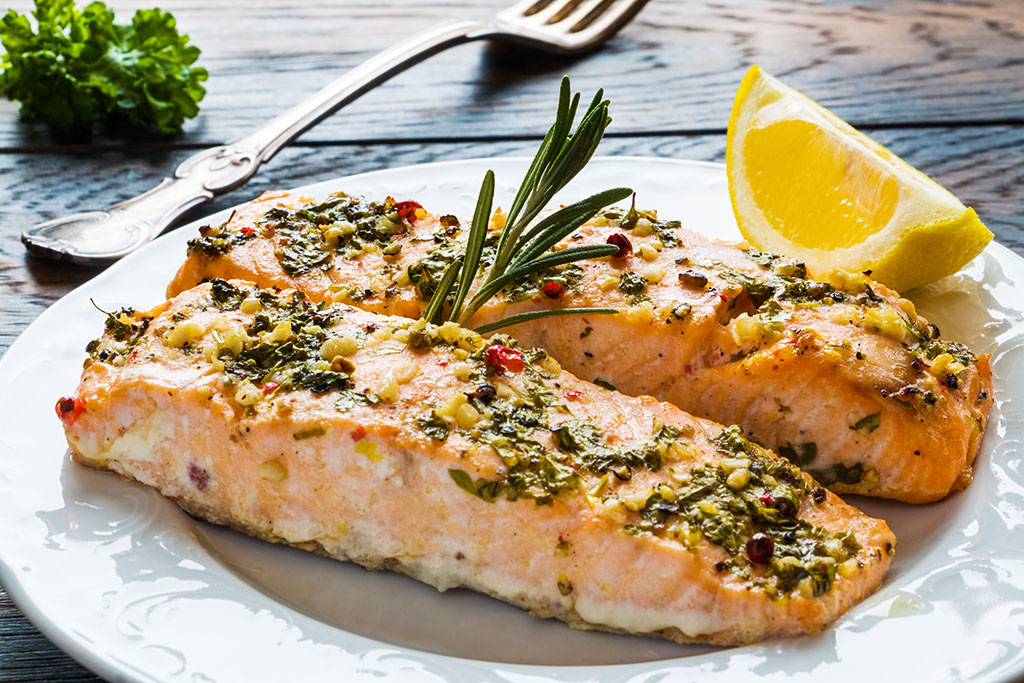
Have a butcher’s at our wholesale fish and check out our daily deals.